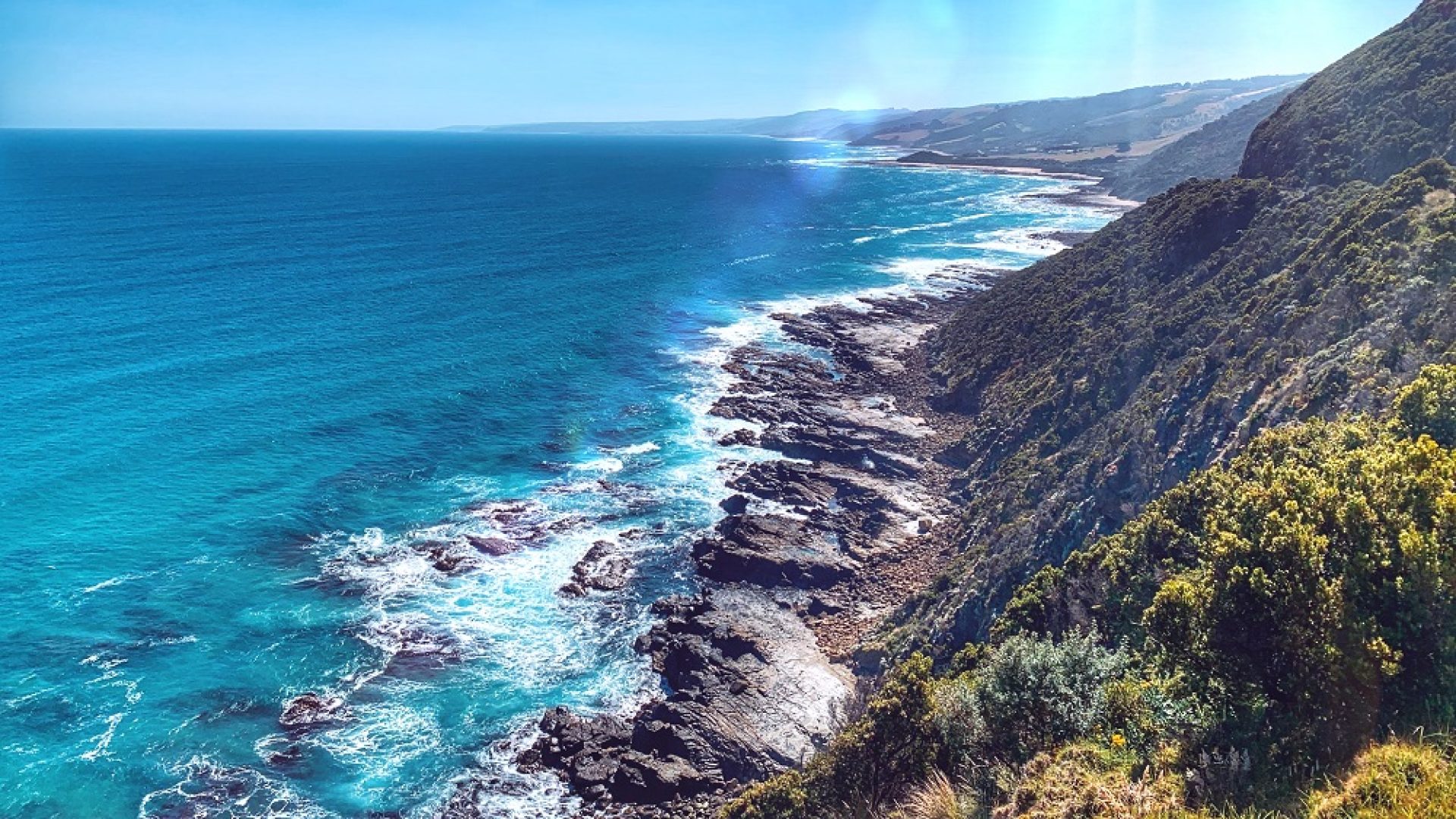Whale Season on the Great Ocean Road
While the weather is certainly much cooler during Melbourne’s winter months, this period is still a fantastic time to visit the Great Ocean Road. Not only is the Great Ocean Road much quieter and the crowds at the famous locations much smaller, but the ocean swells are also much more powerful and spectacular. Guests on our Great Ocean Road day tours also have a real chance of spotting a whale or two in the waters just off the coast!
When is the season?
Between June – October every year, Southern Right Whales set out on their journey from the cool waters of Antarctica to the warmer areas of the Indian Ocean. For many whales, this journey includes a visit to Bass Strait, which spans the length of the Great Ocean Road between Victoria and Tasmania.
Southern Right Whales gather in numbers of up to 10,000 right across southern Australia to breed and raise their calves before returning to the Antarctic feeding grounds. That’s right! For around 6 months every year these whales stop eating and concentrate on rearing their young. When the calves are born, they weigh between 1 to 1.5 tonnes, which is up to a third of the mass of one of our touring vehicles! When fully grown, adults may weigh up to 80 tonnes!
Different species
During migration, the most commonly seen species is the Southern Right Whale, but it’s not uncommon to also spot humpbacks and blue whales, the largest animal on Earth. Here are some tips to distinguish each species from the other:
- Southern Right Whales are dark grey in colour with large white patches on the head and do not have a dorsal fin. Their most unique feature is the long upside-down smile which extends from the eye to the tip of the mouth. The Southern Right Whale also has a distinctive V-shaped blow pattern which makes them easy to identify from a distance.
- Humpback Whales are around the same length as the Southern Rights but weigh a lot less, making them look flatter and more stream-lined. They also have much longer pectoral fins which they stretch out like wings when breaching.
- Blue whales are lighter in colour and are of course, much larger! They can be two times longer and heavier than the Southern Right!
Already this season there have been sightings at numerous locations along the Great Ocean Road, with some as close as 100 metres from the shore! With a bit of luck, you might catch a glimpse of these ocean giants during your Great Ocean Road day tour, but there are a couple of other coastal hotspots where whale sightings are very common, including Portland, Port Fairy, Warrnambool and Apollo Bay.



